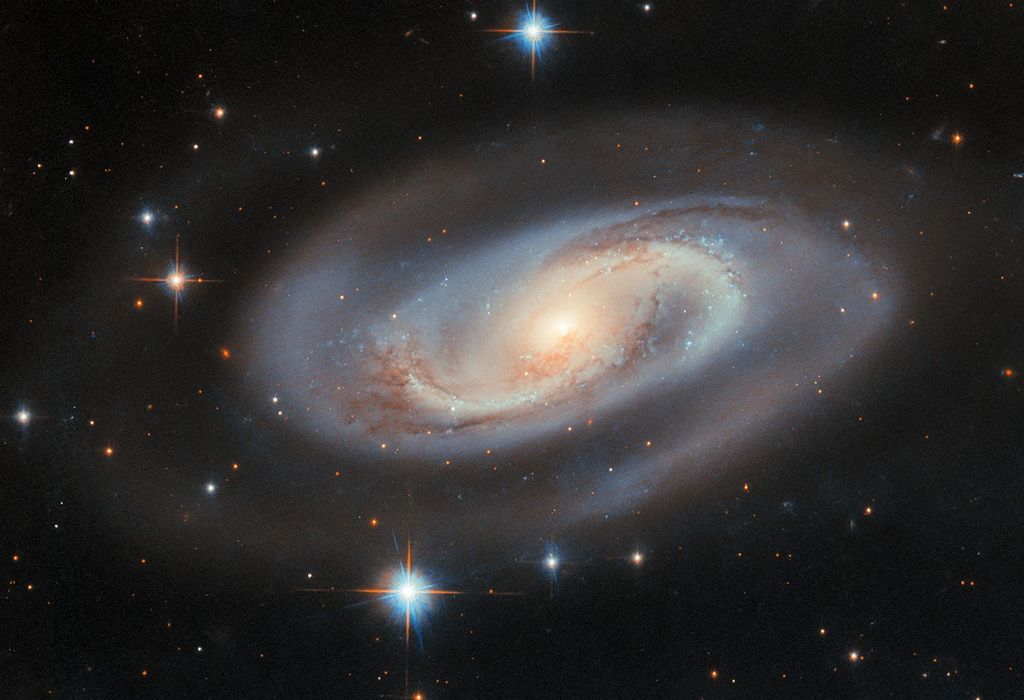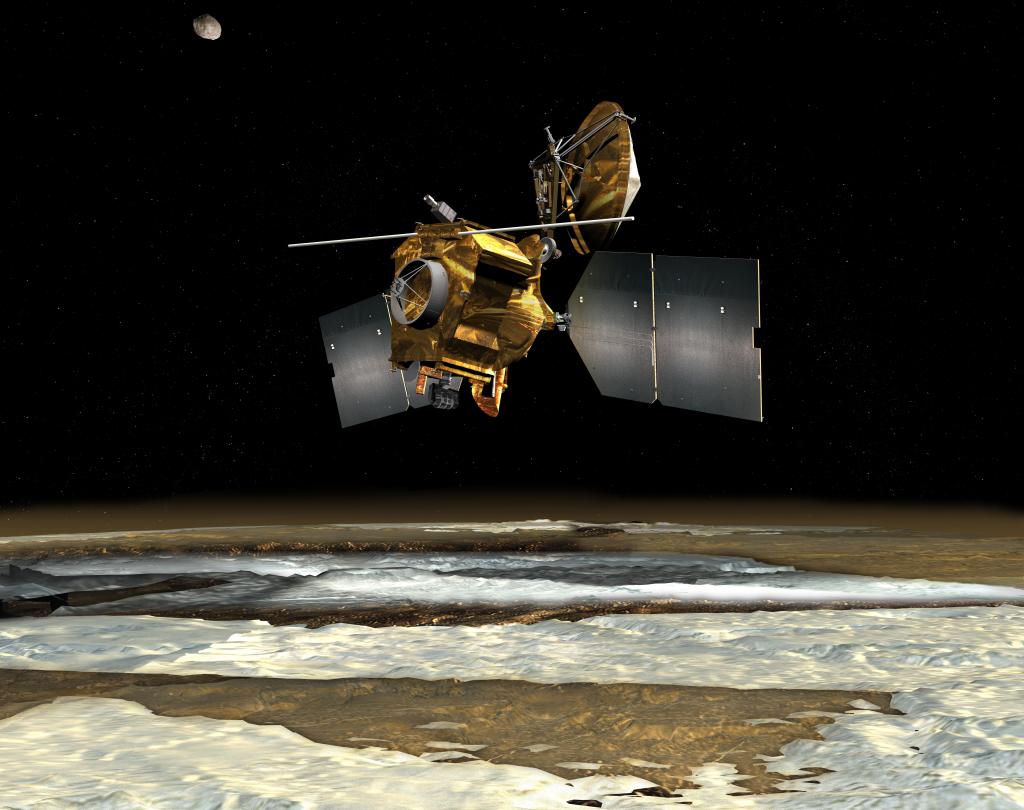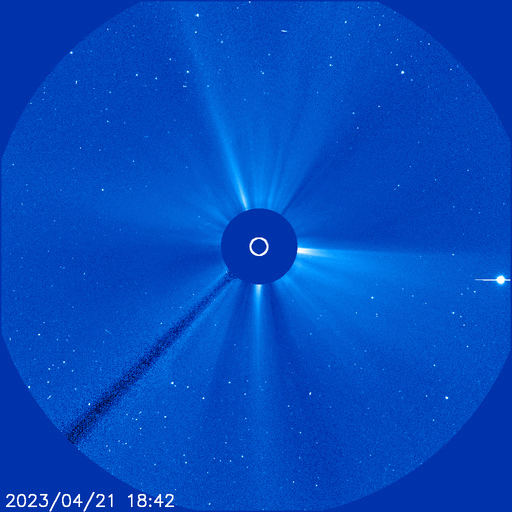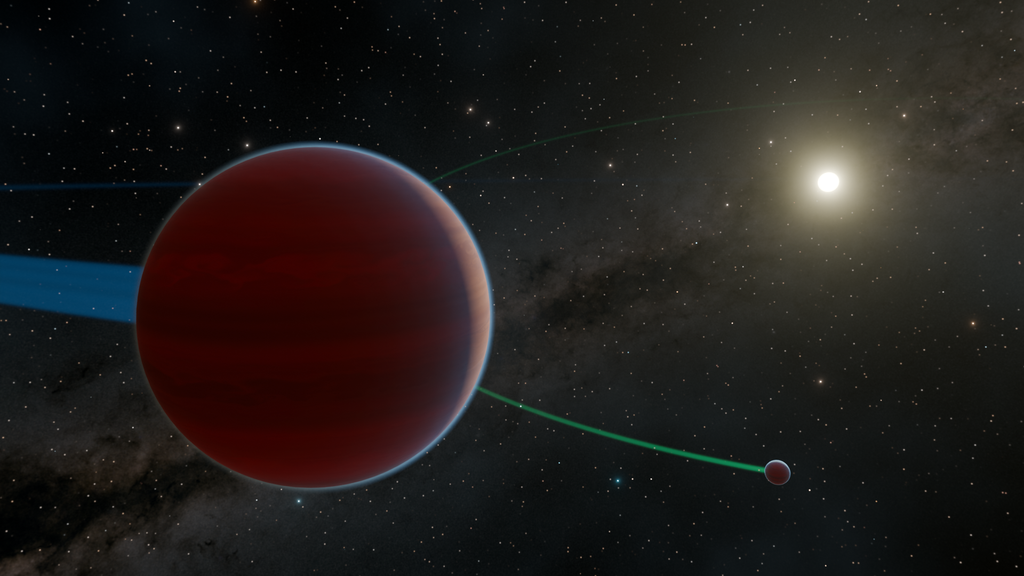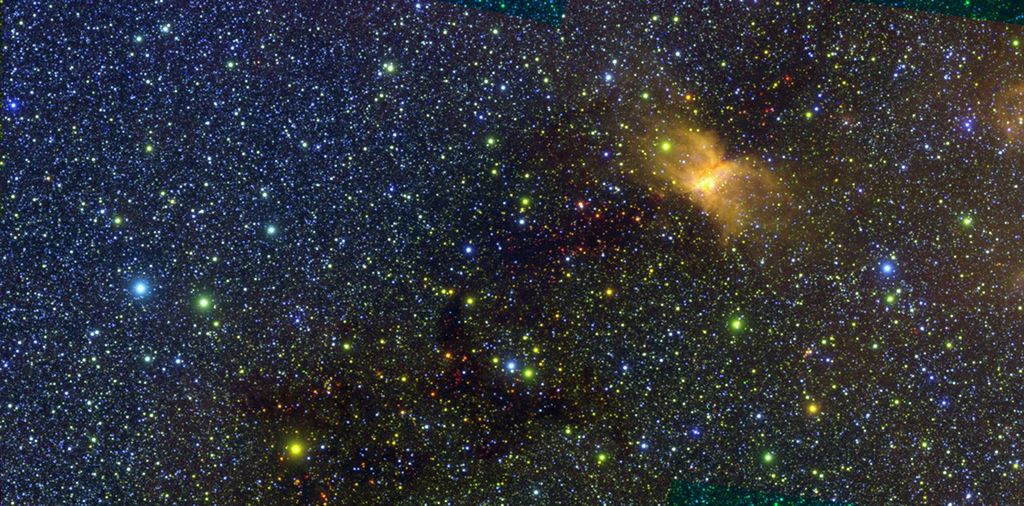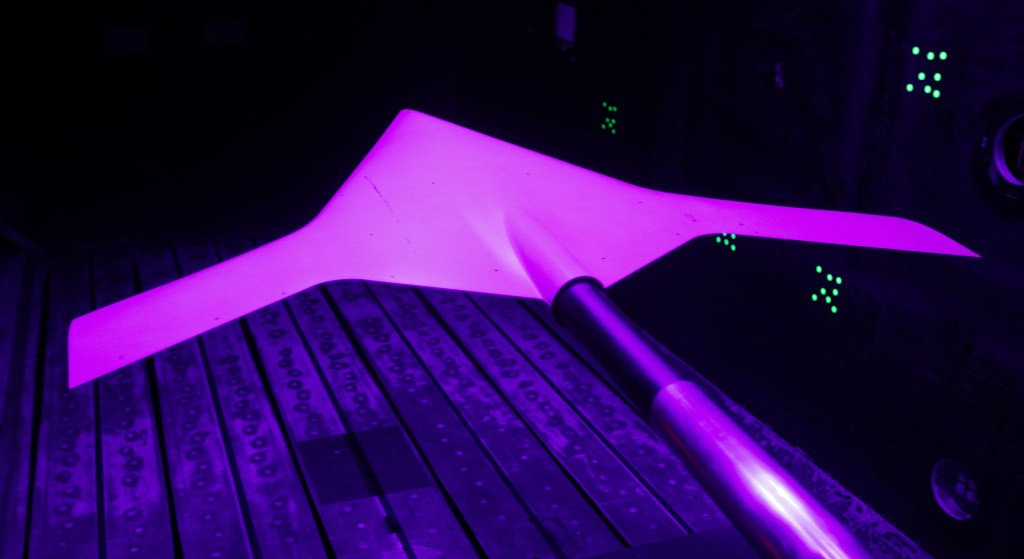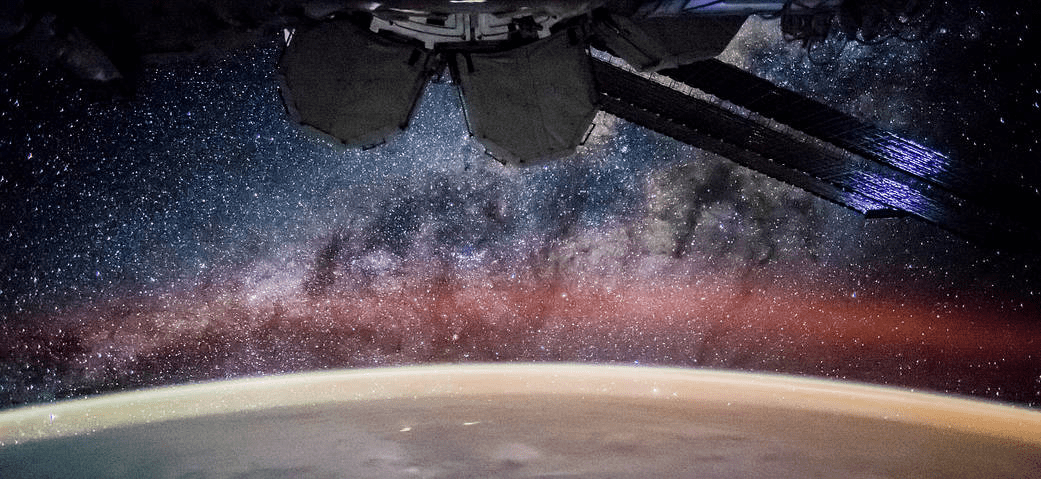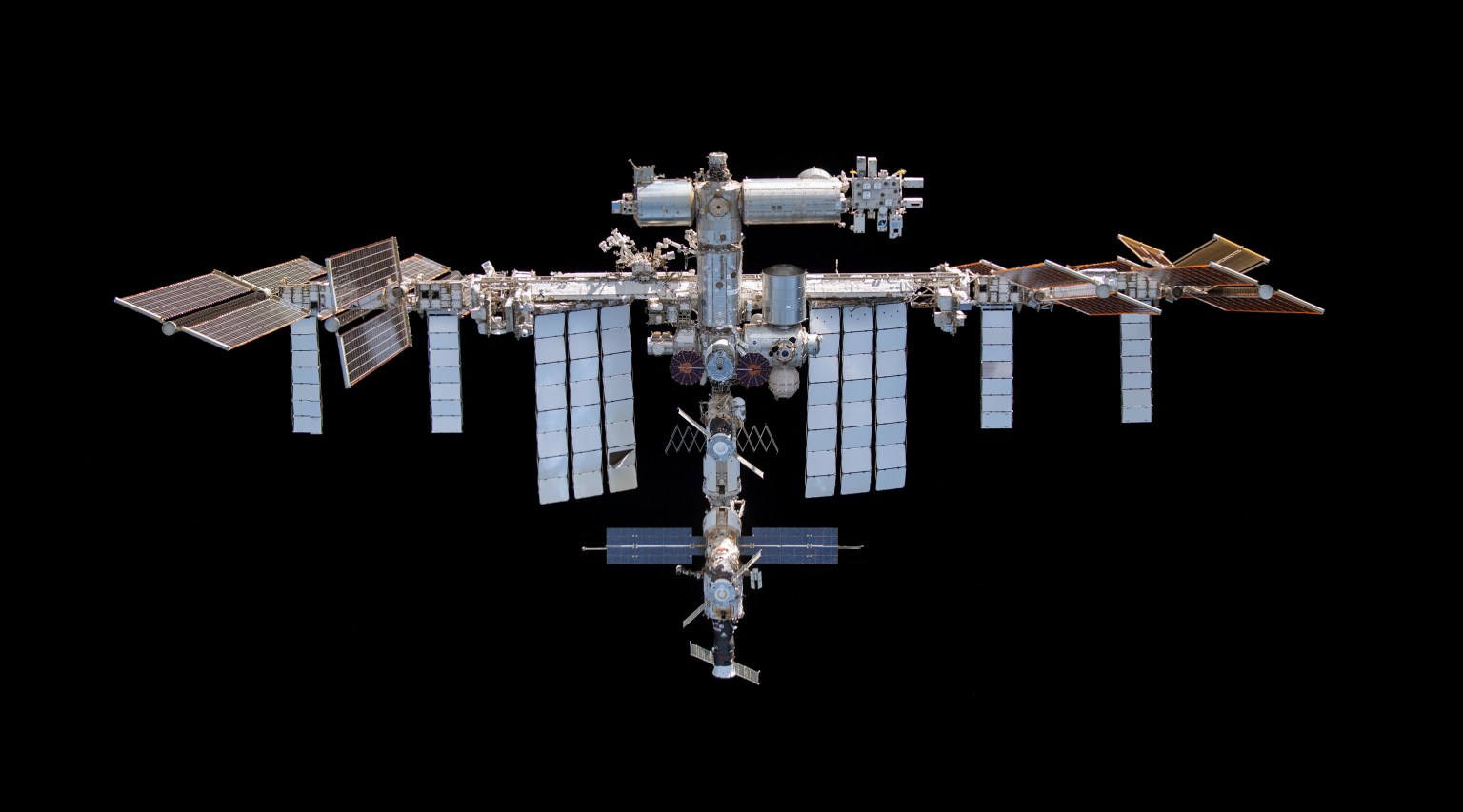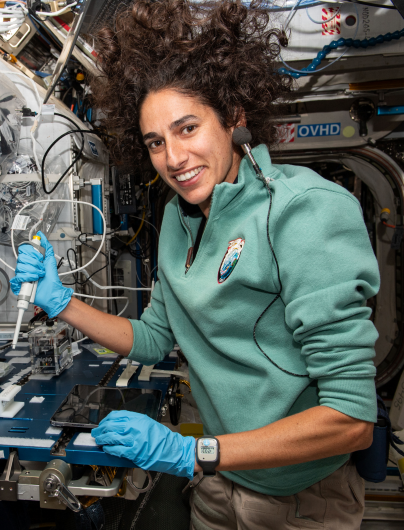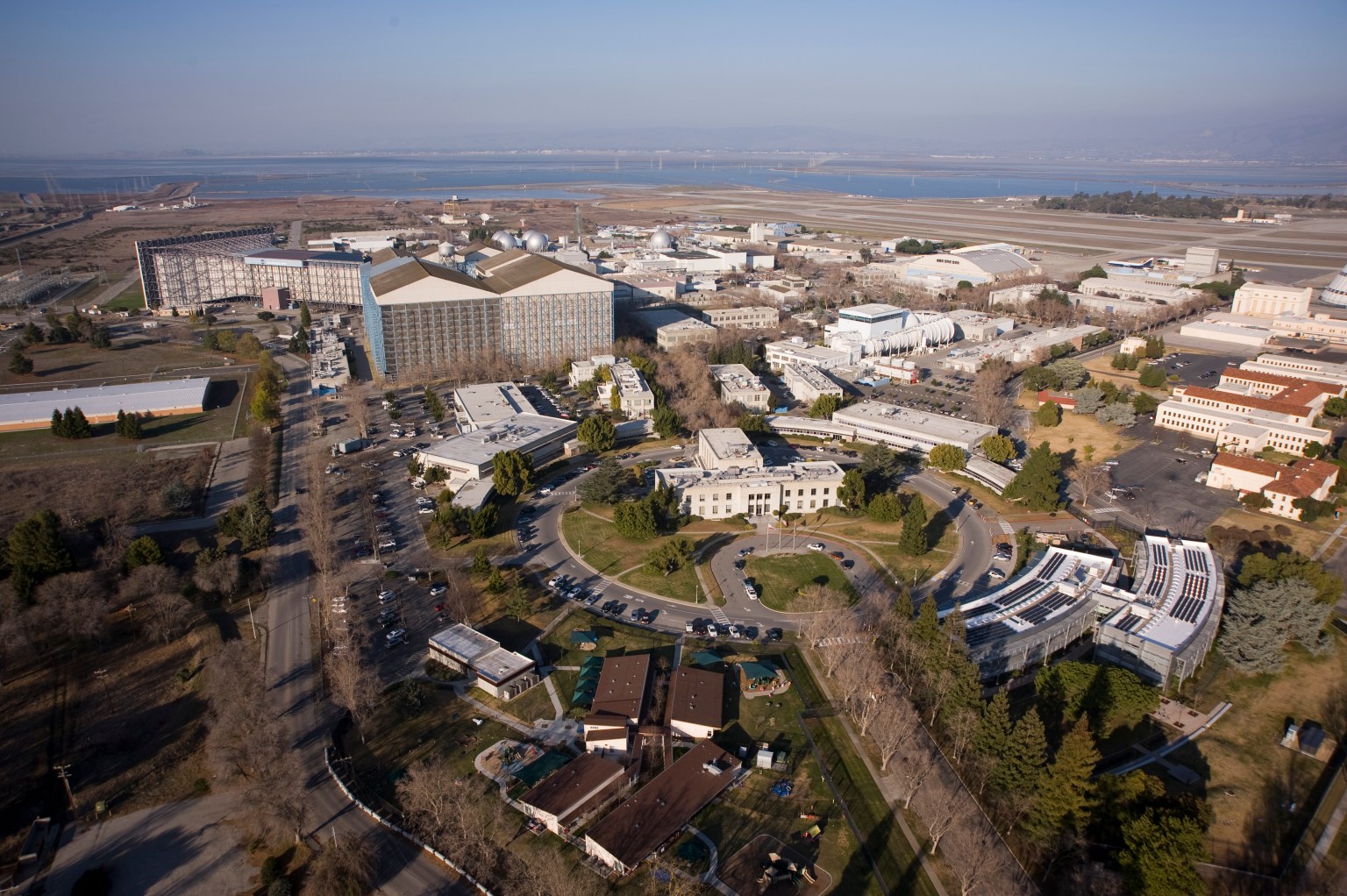Growing the Next Generation of Scientists
What is GeneLab for High Schools?
GeneLab for High Schools (GL4HS) is expanding its program in 2025! Starting this year GL4HS is being offered asynchronously and will consist of 12-weeks of on-demand training during the summer. Program dates will be June 2 through August 29, 2025. High School transcripts will be required with all applications – digital (scanned) copies in PDF format only will be accepted with the online form. Any messages regarding requests to submit an application AFTER the closure at 5pm PT on April 9 will not receive a response.
The 2025 application is now closed.
The GeneLab for High Schools program is now open to everyone who satisfies the eligibility requirements. Participation in the program is free to all students who are accepted into the program.
- Only US citizens* and permanent residents (green card) attending US-based high schools
- Rising high school juniors and seniors (entering grade 11 or 12 or college freshmen in Fall 2025)
- Participants must be able to use a computer with stable internet connection in order to successfully complete the course
- Have taken at least one high school biology course (please note that AP Biology is not a requirement of this program)
- Minimum (unweighted) GPA of 3.0
(*) Citizens of US territories Puerto Rico, Guam, the U.S. Virgin Islands, and Northern Marianas are eligible U.S. citizens.
GL4HS students will learn and/or obtain training in:
- NASA space biology research
- Omics-based research
- Bioinformatics and computational biology methods and techniques to analyze omics data
- Applications of the bioinformatics analyses to NASA Space Biology science
- Formal oral presentation skills
Frequently Asked Questions:
I need to know if I can participate for the whole 12-weeks. How do I know what the program schedule will be?
Most of the GL4HS program materials will be available for students continuously throughout the 12 weeks. The course will be almost entirely self-paced with the exception of the optional open office hours. There is tremendous flexibility in completing the course requirements to earn a certificate with the new 2025 program. A detailed schedule with open office hours will be released to all accepted applicants prior to the program start. The optional Capstone Project will require students to participate in a synchronous (live) 3-hour session for a mandatory Capstone Orientation on the first day of the program on July 23. Exact time to be released soon. More information about how and when to register for the Capstone Project will be provided during the program.
What is the time commitment required for participating in the 2025 GeneLab for High Schools program?
Most of the course materials are asynchronous and can be completed on your own time. You should expect to spend approximately 20 hours per week throughout the 12-week program, including reviewing video lectures, reading materials, working through exercises, completing quizzes and participating in (optional) open office hours.
When will I receive notice about my acceptance into the program?
Application acceptance notices are still being issued on a rolling basis and will continue through May 15. If you do not receive an acceptance notice, please be sure to check your SPAM/junk folders. If you are not eligible, then you are likely to hear from the GL4HS management team later in May or June.
I received an acceptance notification email. Is there anything else I have to do to ensure I can participate?
There is no formal acceptance process. You will not be required to sign or return an offer letter, or respond to the notification email. All accepted students will receive further instructions on how to join the learning platform and access the course materials via email by May 15.
What is the acceptance rate for the 2025 program?
This is the first year of the expanded GL4HS program. We will not have an acceptance rate available until all applications have been received and processed and all students have enrolled in the platform. The estimated number of students who will be able to participate this year is around 800.
What if I want to participate in the Capstone Project, but I don’t have a team?
Students are encouraged to communicate and network to start forming teams for those interested in moving on to the Capstone Project. If you do not have team, then you will be assigned to a team based on the dataset you’d like to analyze. More information about this process will be provided during the program.
Is there a fee to participate in GL4HS?
No, there is no cost for students to participate in the program. No stipends will be offered for participants beginning with the 2025 program.
Course Design
Most of the course materials will be available for participants to view on their own schedule (on-demand) with pre-recorded lecture videos. Additionally, office hours will be made available up to three times per week for up to two-hour sessions at a time. Each week open office hours will allow course participants to get a live demonstration of instruction and to ask questions. Participation in open office hours is not required, but highly recommended.
Basic Level
- Open Office Hours consists of five to six (5-6) hours per week of synchronous instruction (optional)
- Recorded lectures and JupyterLab Notebooks are viewed and completed on students’ own time (self-paced)
- If all Notebooks are completed and lectures are viewed, then a digital completion certificate will be awarded at the end of the course.
Capstone Project (Optional)
- Self-formed teams of 4 students each will work collaboratively analyzing bioinformatics datasets. Teams must have completed the Basic Level course to be eligible to participate in the Capstone Project. An application form for the Capstone Project will be provided to students who successfully complete the Basic course.
- Student teams will prepare a presentation supporting an hypothesis-based research proposal using original analysis of dataset(s) from the Open Science Data Repository (OSDR)
- Teams will present their proposals (~5-10 mins long) at the end of the summer (approximately in September 2025) during a dedicated full-day competitive symposium
- All student teams that complete the Capstone presentation will receive a Capstone Certificate
- Best 8 student teams will be invited to prepare written proposals for additional run-off competition
Proposal Competition (Optional)
The top three (3) student team proposals will be awarded an all-expense paid trip to travel to the annual American Society for Gravitational and Space Research (ASGSR) conference to present their proposals.
Note: Teacher internships will no longer be available for the asynchronous program beginning in 2025.
GL4HS Mailing List:
To subscribe to our mailing list and to receive e-mail announcements about the program and application process, please send an email to arc-gl4hs@mail.nasa.gov with “subscribe” in the subject to be added to our mailing list.



